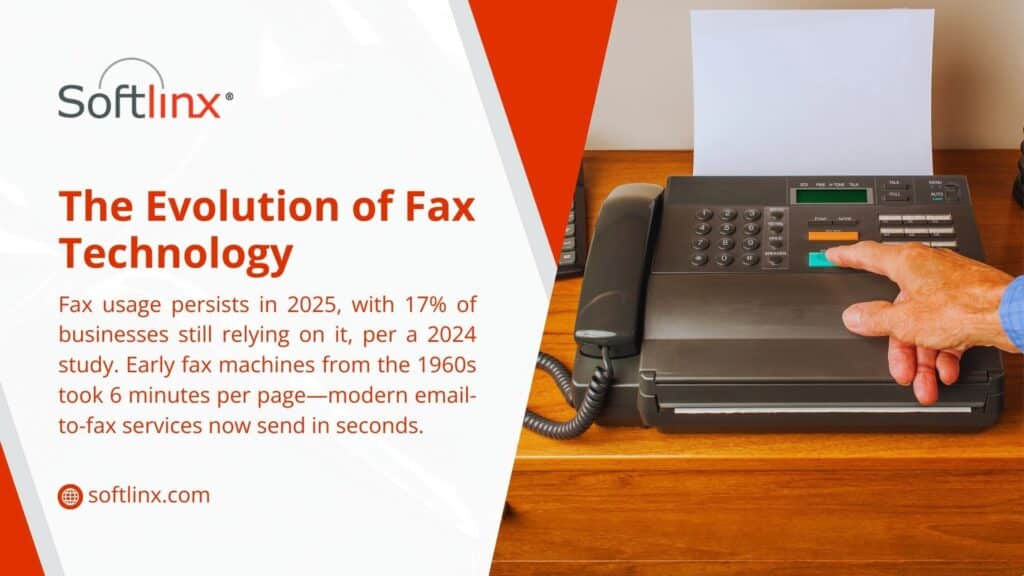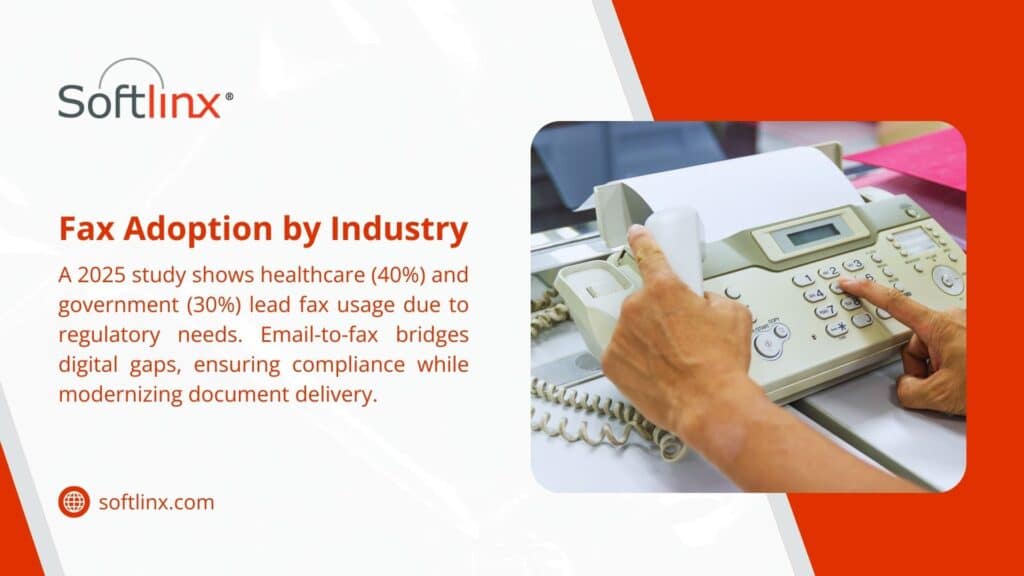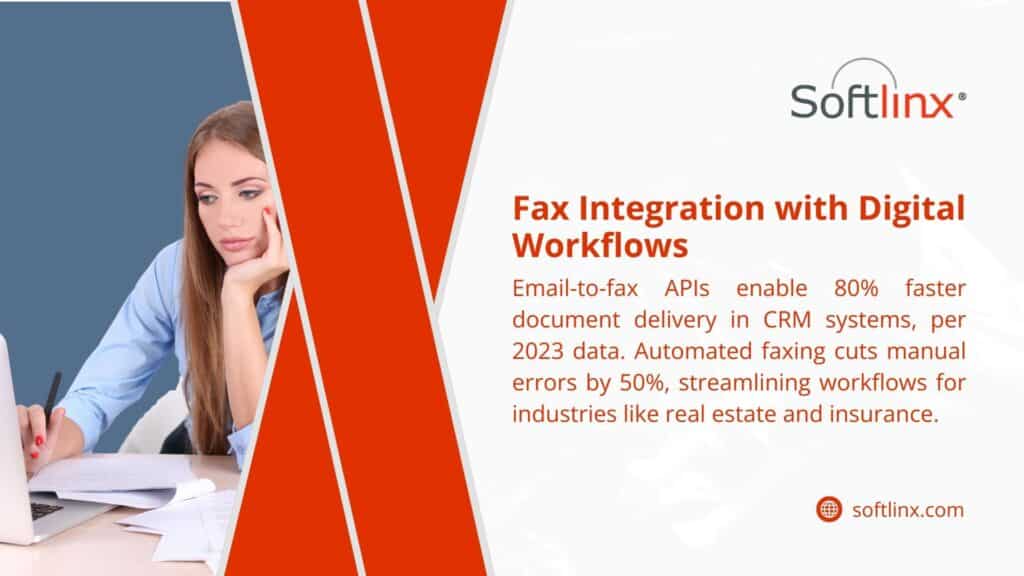Fax machines are weird relics that somehow refuse to die. While everyone’s moved on to Slack and Teams, plenty of businesses still get stuck dealing with how to email a fax number because some clients, government offices, or partners insist on this ancient communication method.
The reality is frustrating but simple – certain industries like healthcare and legal services haven’t caught up with the times.
They’re still demanding fax signatures and documents because “that’s how we’ve always done it.” But nobody needs those clunky machines anymore.
So, How to Email a Fax Number?
Let’s say that someone sends an email to what looks like a regular email address, except it ends up spitting out of a fax machine somewhere across town. That’s basically what email-to-fax does – it takes digital stuff and converts it into those weird beeping sounds that fax machines understand.
The whole process is pretty clever when broken down. A service receives the email, looks at where it’s going, then converts everything into a format that works with fax technology from the 1980s. It’s like having a translator who speaks both modern internet and ancient fax machines.
Most people don’t realize that fax machines basically send pictures over phone lines using audio signals. When someone emails a document, the service turns it into the same kind of audio pattern and sends it through regular phone networks.
The Behind-the-Scenes
The email hits a server that recognizes it’s meant for fax transmission based on the address format. The system grabs any attachments, converts them into TIFF or PDF format (because that’s what fax machines can handle), then dials up the destination number.
Once connected, it plays those familiar screeching sounds that anyone who lived through the 90s remembers. The receiving fax machine interprets these sounds and prints out a paper copy of the original document. It’s remarkably backwards but surprisingly reliable.

Getting Started With Sending an Email
Setting up email-to-fax does require picking the right service. Most cloud fax providers make it pretty straightforward – sign up, pick a plan based on how many pages get sent monthly, and start faxing from any email account.
The trickiest part is usually figuring out the pricing. Some services charge per page, others offer monthly allowances, and enterprise options can get expensive fast. Reading the fine print helps avoid surprise charges when monthly limits get exceeded.
What different services offer:
| Service Type | Good For | Monthly Cost Range | Catch |
| Basic online | Small businesses | $10-30 | Page limits bite |
| Professional | Regular fax users | $30-100 | Features cost extra |
| Enterprise | High volume | $100+ | Complex contracts |
| Pay-per-page | Occasional use | $0.10-0.50/page | Adds up quickly |
Making Emails Work as Faxes
The addressing gets weird with email-to-fax. Instead of regular email addresses, recipients get formatted like “5551234567@faxservice.com” where the numbers are the actual fax number. Different services use different formats, so checking their documentation prevents bounced messages.
Subject lines matter more than usual because they often become the cover page header. Keeping them professional and clear helps, especially since some older fax machines cut off long subjects or display them poorly.
Email content should stay simple. Fancy formatting, images embedded in the message body, or complex HTML often get mangled during conversion. Plain text with attachments works better than trying to get creative with message formatting.
Picking the Right Tech Setup
The technology choice depends on existing infrastructure and specific needs. Cloud fax solutions work for most businesses because they’re simple to set up and don’t require any special equipment or software installation.
Companies with serious security concerns or high volumes might want a dedicated fax server instead. This means more control over the process but also more complexity and upfront costs. It’s overkill for most situations but it makes sense for organizations with strict compliance requirements.
Businesses already using VoIP phone systems sometimes find integrated fax capabilities convenient. The phone service provider handles fax transmission alongside regular calls, which can simplify billing and support but might limit service options.
Comparing the Options
Online services dominate the market because they’re easy and cheap. Sign up online, get instructions, start sending faxes within minutes. The downside is less control and potential reliability issues during high-traffic periods.
On-premise solutions appeal to larger organizations that want complete control over fax transmission. Setting up a fax server means handling maintenance, security updates, and troubleshooting internally. It’s more work but provides better integration with existing business systems.
Hybrid approaches try to split the difference by keeping sensitive data on-site while using cloud infrastructure for actual transmission. This works well for organizations with compliance requirements but limited IT resources.

Security of the Email-to-Fax Transmission
Email-to-fax transmission creates some interesting security challenges. The document travels through email servers, conversion systems, phone networks, and finally lands on a fax machine that might sit unattended in a busy office. That’s a lot of potential exposure points.
Most reputable services encrypt data during transmission and storage, but the final destination – that fax machine – probably isn’t secure at all. Anyone walking by can grab printed faxes, which is why some industries still prefer this method (ironically, they think paper is more secure than digital).
Compliance gets complicated because different industries have different rules. Healthcare organizations deal with HIPAA requirements, financial companies worry about SOX regulations, and government contractors have their own security standards to meet.
What to Do When Things Go Wrong
Fax transmission fails more often than most people expect. Phone lines get busy, numbers change, machines run out of paper or toner, and documents get formatted incorrectly. The good news is that most problems are fixable with some basic troubleshooting.
Document formatting causes the most headaches. Complex layouts, unusual fonts, or high-resolution images often don’t transmit properly. Keeping documents simple and using standard fonts prevents most formatting issues.
Common problems and quick fixes:
| What Went Wrong | Why It Happened | How to Fix It |
| Fax never arrived | Wrong number or busy line | Use Arial/Times and a simple layout |
| Text looks terrible | Weird fonts or formatting | Try sending as a PDF |
| Only got half the pages | Connection dropped | Most services auto-retry |
| Double-check the number and retry | Their machine doesn’t like the format | Try sending as PDF |
Making It Work with Other Business Tools
Modern email-to-fax services often integrate with popular business software. Customer management systems can automatically fax contracts, accounting software can send invoices, and document management platforms can fax stored files without manual intervention.
API access lets technical teams build custom integrations that automate fax sending based on specific business events. For example, when a contract gets approved in the system, it could automatically fax copies to all relevant parties.
These integrations save time and reduce errors compared to manual fax sending. They also create better records of what got sent when, which helps with compliance and customer service issues.

Stop Fighting with Fax Machines
Dealing with fax requirements doesn’t have to involve clunky machines, busy signals, and paper jams. Softlinx provides modern communication solutions that handle fax transmission through simple email interfaces while maintaining the security and reliability that businesses need.
Our platform works with existing email systems and business software, eliminating the hassle of traditional fax infrastructure while ensuring important documents reach their destinations reliably.
